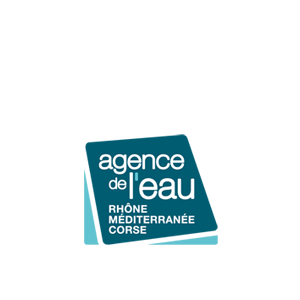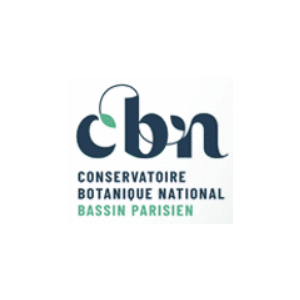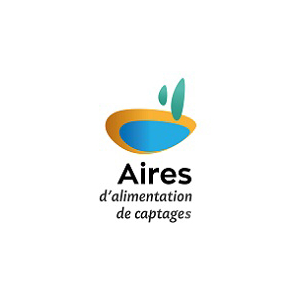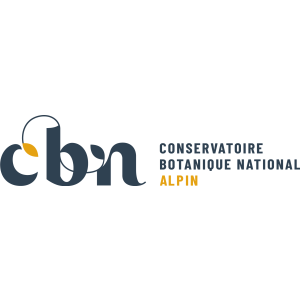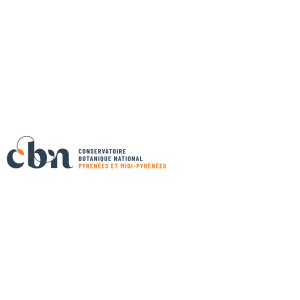
Document généré le 13/09/2025 depuis l'adresse: https://www.documentation.eauetbiodiversite.fr/fr/notice/proposition-de-campagne-a-la-mer-n-o-thalassa-pelgas-07
Titre alternatif
Producteur
Contributeur(s)
Identifiant documentaire
9-6433
Identifiant OAI
oai:archimer.ifremer.fr:6433
Auteur(s):
Masse, Jacques
Mots clés
Date de publication
01/01/2006
Date de création
Date de modification
Date d'acceptation du document
Date de dépôt légal
Langue
fre
Thème
Type de ressource
Source
Droits de réutilisation
info:eu-repo/semantics/openAccess
Région
Département
Commune
Description
The objective of PELGAS surveys is to study the abundance and distribution of pelagic fish in the Bay of Biscay. The main target species is anchovy but it will be considered in a multi-specific context. To assess an optimum horizontal and vertical description of the area, two types of actions are combined : 1) Continuous acquisition by storing acoustic data from five different frequencies and pumping sea-water under the surface in order to evaluate the number of fish eggs using a CUFES system (Continuous Under-water Fish Eggs Sampler)), and 2) discrete sampling at stations (by trawls, plankton nets, CTD). Satellite imagery (temperature and sea colour) and modelisation will be also used before and during the cruise to recognise the main physical and biological structures and to improve the sampling strategy. Concurrently, a visual counting and identification of cetaceans (from board) and of birds (by plane) will be carried out in order to characterise the higher level predators of the pelagic ecosystem. This task is formally included in the first priorities defined by the Commission regulation (EC) No 1639/2001 of 25 July 2001 establishing the minimum and extended Community programmes for the collection of data in the fisheries sector and laying down detailed rules for the application of Council Regulation (EC) No 1543/2000. These surveys must be considered in the frame of the Ifremer fisheries ecology action "resources variability" which is the French contribution to the international Globec programme. Thesesurveys are planned with Spain and Portugal in the frame of the ICES working group WGACEGG in order to have most of the small pelagic fish potential area to be covered from Gibraltar to Brest with the same protocol for sampling strategy. The results will be used during ICES working group WGHMSA in charge of the assessment of sardine, anchovy, mackerel and horse mackerel.
Accès aux documents
0
Consultations
0
Téléchargements







